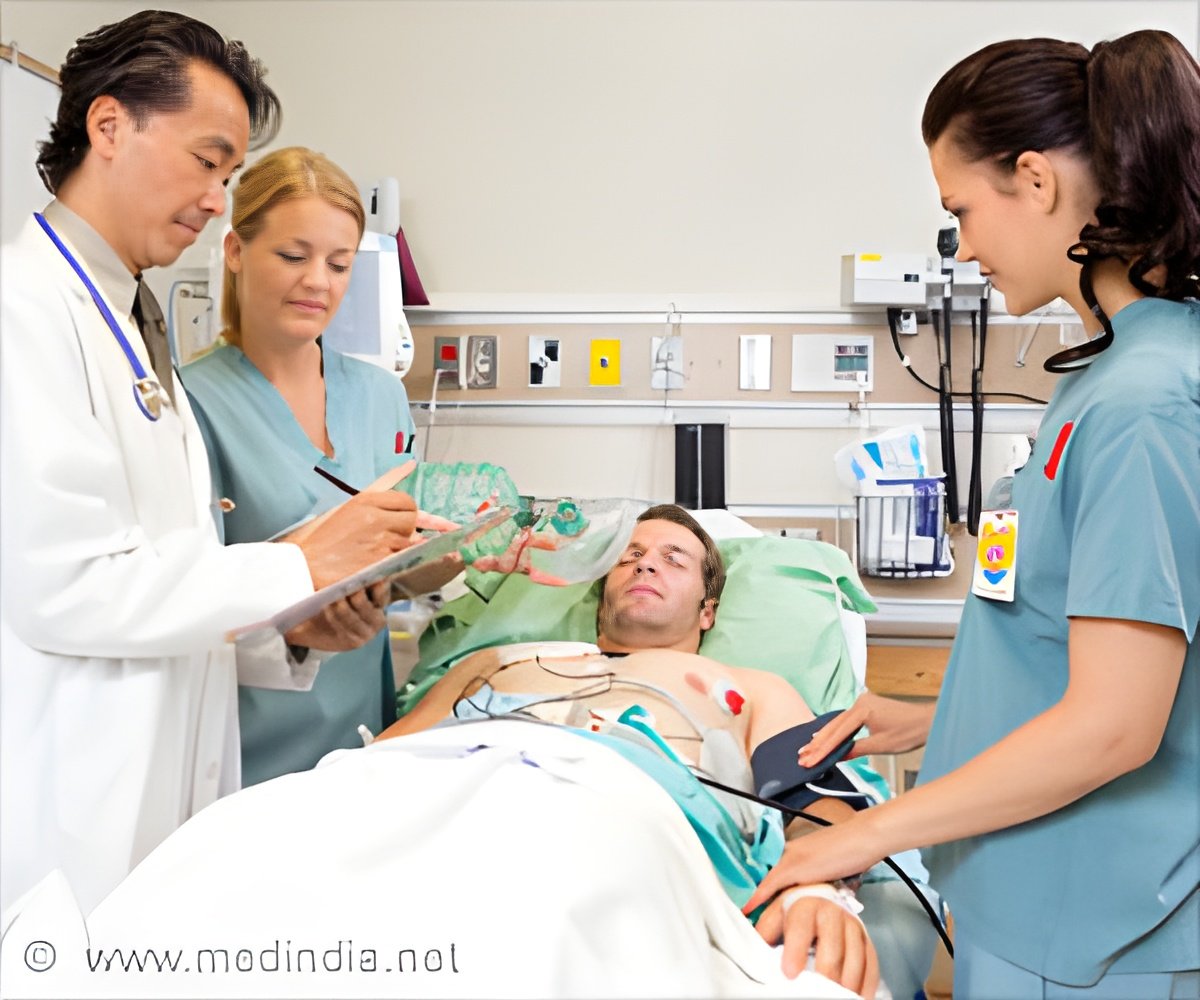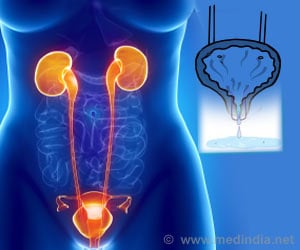When one patient in a hospital unit was being transferred to an intensive-care unit, the other patients on that ward were at increased risk for their own setbacks.

‘A critical-illness event increases the odds that a second patient in the same unit would undergo a comparable crisis.’





In the six hours after a critical-illness event, the odds that a
second patient in the same unit would undergo a comparable crisis
increased by about 18%. If there were two such events during a
six-hour time period, the risk of yet another occurrence went up by
about 53%. Risks were slightly higher when the initial critical
illness events occurred at night. Cardiac arrests, urgent ICU transfers or patient deaths were also associated with delayed discharge from the hospital for the other patients on the same unit.
"This should serve as a wake-up call for hospital-based physicians," said study author Matthew Churpek, assistant professor of medicine at the University of Chicago.
"Our data suggests that after caring for a patient who becomes critically ill on the hospital wards, we should routinely check to see how the other patients on the unit are doing," Churpek said.
"Following these high-intensity events, our to-do list should include a thorough assessment of the other patients on the unit, to make sure none of them are at risk of slipping through the cracks."
Advertisement
Patients who had a cardiac arrest or required ICU transfer tended to be a few years older and male. They had been in the hospital, on average, for 13 days, four times longer than patients who did not have a critical-illness event.
Advertisement
"Very few academic centers have access to the kinds of high-quality data needed to perform this type of investigation," he added.
The study was designed to detect and quantify any increased risk to neighboring patients. The researchers speculate that one potential factor may be that doctors and nurses could have been "temporarily diverted to help care for critically ill patients," Volchenboum said. "Further study is needed to determine the causes of this effect."
Source-Eurekalert










